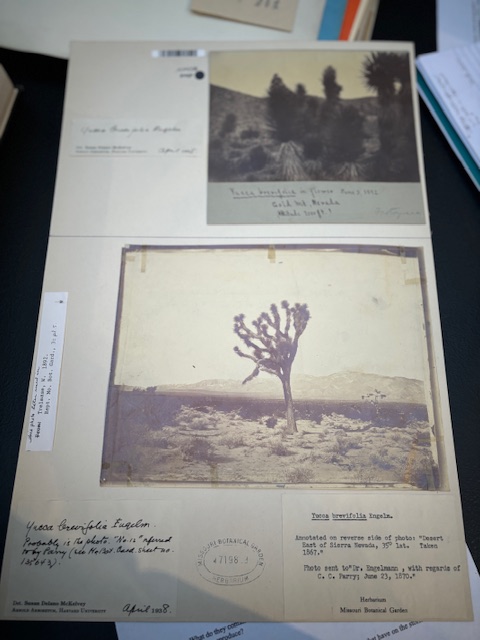SA 1
The New Yorker: “You name It “
This part of the book intrigued me and made me contemplate my childhood
memories and draw connections to prior knowledge of T-Rex and other species’
genus names. I believe this source was created to inform people about a man
named “Carl Linnaeus” whose goal was to name all life. The source goes in-depth
and teaches us about Carl Linnaeus: his goals, background, research, what he liked
and didn’t like, where he traveled, etc. As I said earlier, reading this source
unlocked memories that seem forgotten, as a child my brother and I loved
watching documentaries about life, we would watch all the shows on channels
such as Animal Planet, Discovery Planet, etc. We would also collect cards of every
animal and if we had spares trade them with other people and get new cards of
different creatures. During the time the source was created, “1750s” it was
groundbreaking knowledge and revolutionized the way we categorize species
today.
Bibliography of the Book “The New Yorker”
The Critics Section
- Author: Kathryn Schultz
- Article: “Categorizing Carl Linnaeus”
- Source 2: North American Birds Will No Longer Be Named for Racists — or
Anybody Else - So, this source was unlike anything I ever read, it was unique and allowed me
to imagine and view multiple perspectives. I agree when the author stated
“But symbols have always mattered to our species. Like names themselves,
they tell us something about who we are, what we value, and how we belong
to the world.” This statement is so true, names are who we are, and although
people might share the same name, each name of the person has its own
identity and morals too. The author goes in-depth explaining why the northern birds have a person’s name getting changed whether they were racist or not. The author also delves into the history and colonial backgrounds of some of the bird’s names. For instance, John James Audubon, who was a naturalist for whom Audubon’s shearwater is named, was an unrepentant slaveholder who opposed emancipation. The author also talks about an incident that occurred that ultimately led to the idea of “Birds Name for Birds”. The incident occurred in 2020 when a white woman in Central Park lied to the police, claiming that a Black birder named Christian Cooper had threatened her. Reflecting on both of the sources, they share similar characteristics and key ideas around the “Names” and how they hold meanings of the past and can have solutions to the future. - Bibliography for the essay “North American Birds Will No Longer Be
Named for Racists — or Anybody Else.” - Author name- Margaret Renki
- Published date: 9/13/2023
- Sources used inside the essay: MacArthur Fellow J. Drew Lanham in “9
Rules for the Black Birdwatcher. Essay appeared in 2013


